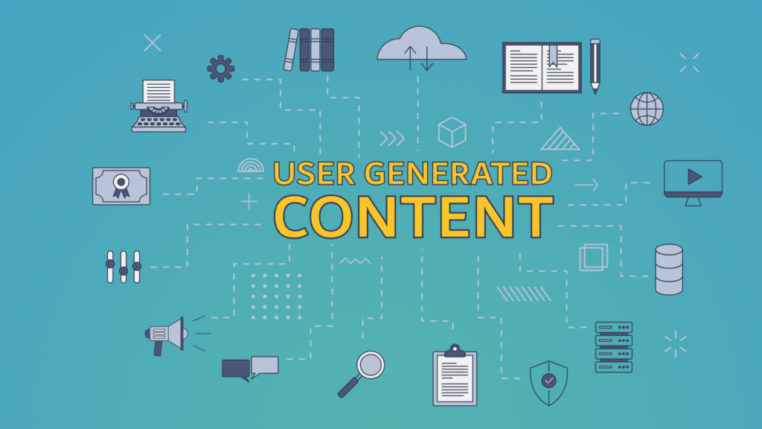What is Product-Led Growth? Advantages, Examples, And More

Table of Contents
Product-led growth is a business methodology that uses the product as a medium to drive vital organizational parameters like reach, revenue, and engagement. Think of your experience with tools like Dropbox and Trello. Instead of going through a technically sound whitepaper that explained its features and functionalities, you explored the tool first-hand. You started by trying out the product in action. This is nothing but product-led growth.
However, that’s not all. There is a lot more to product-led growth, and we will explore each of the associated nuances in this article. Let’s get started and have a look at the two invincible advantages of a product-led growth strategy.
What Are The Advantages Of A Product-Led Growth Strategy?
A product-led growth strategy is cost-effective and helps you with customer acquisition.
Enhances Your Reach
A product-led growth strategy driven by a freemium model helps you attract more people and widen your reach. The sooner you convince your users to use your product, the less time you have to spend generating leads and convincing them to make them finally hit the download button. Offering a free trial accelerates the entire process.
Cost-Effective
There are two ways to market the product. Either you spend hours creating a product marketing strategy, focusing on creating free conduct, and spending valuable time hosting a webinar and writing whitepapers. Or you take a backseat and let your product do the talking. Of course, you will still need to market your product, but things are comparatively easier when you establish your product as a brand.
That said, how do you reap all these advantages of a product-led growth strategy?
How To Achieve Product-Led Growth
You can drive product-led growth in five simple steps:
1. Start by defining the hook
2. Analyze your strategy for acquiring users
3. Evaluate your in-app marketing and selling strategy
4. Define your support and onboarding model
5. Make way for culture and change management
Let’s explore each of these steps in detail to understand the intricacies involved.
1. Start By Defining The Hook
To drive product-led growth, it is essential to find answers to questions like – “What can we offer that provides our target audiences with the maximum value such that they want to pay to be able to use the service?”
In other words, identify the pain points of your users, and define clear steps as to how you are solving them. Think of one core benefit that your users get by using your product. Define the workflow, and analyze where that outcome resides in the user workflow and study its impacts. This will help you define the best hook.
2. Analyze Your Strategy For Acquiring Users
So, how do you plan to add new users to your platform? Do you plan to offer a 30-day free trial to early birds who join your product and invite ten others? Or do you want to keep a basic version free and offer premium features in the paid plan?
Figure out what works for your industry and what does not. Again, analyze the pain points and differentiate your product accordingly.
3. Evaluate Your In-App Marketing And Selling Strategy
In-app marketing and selling strategy that provides a fascinating peek to all the premium users whenever possible are essential to convert your non-paying users to paying ones. So, how do you do that? With the help of artificial intelligence.
AI can ping the user when trying to achieve a certain task and offer them to do the same task much more efficiently and effectively with the help of a paid feature and a freebie. When users experience the comfort provided by your product, they are more likely to make in-app purchases.
4. Define Your Support And Onboarding Model
Of course, you want to make your product popular and encourage as many users as possible to sign up and explore your platform. That’s when the idea of offering free trials hit you. However, it is essential to calculate the cost and scale of supporting non-paying users. But just offering your product for free is not enough.
Ensure that the user journey from signing up to using your product is flawless and straightforward. From time to time, give them a sneak peek of all the fantastic features they miss out on by not opting for your paid version. Likewise, when your users move from free to paid – ensure it is worth their while and dollars spent.
5. Make Way For Culture And Change Management
Irrespective of how successful your product-led growth strategy is, it is essential to change your approach in response to the feedback received from the users. Your approach to the four factors mentioned above will impact your change management initiatives.
The key here is to base your decisions by considering the collective impact across services, product, marketing, back office, sales, and other departments.
What Are Some Product-Led Growth Examples?
Apart from Dropbox offering a free plan and a viral invite loop in 2008, many companies rocked the product-led growth like a pro. Slack offered a free plan in 2016 and soon introduced limitations along with providing the best collaboration features. Similarly, Trello introduced Business and Enterprise plans, reduced free features, and expanded its premium offerings.
That said, here are two famous product-led growth examples:
The Facebook And Amazon Models
Let’s go back to those days when Facebook and Amazon were just launched. Although they were adding new users every month, they faced criticism and skepticism from expert business analysts. However, this community of experts clearly missed that each of these companies was just acting strategically. They were focusing on the long-term goal using the product-led growth model.
Although neither of them was making profits initially, they were building their customer base and see, where they are today – they both are profitable now. Both the platforms gave users enough reasons to get familiar and stay hooked with them.
The AOL Model
Product-led growth is not a new concept. Back in the 1990s, AOL (America Online) utilized a similar concept to drive growth and build the buzz. The company used to mail CD-ROMS along with its application along with free internet for hours.
The company focused on making users comfortable with browsing the internet and familiar with their web portal. As a result, when free access to the internet ran out, users would buy the service they felt comfortable with.
Putting It All Together
When you analyze the strategies of successful companies, you will realize that ‘how; you sell is just as important as ‘what’ you sell.
And this doesn’t come as a surprise. Even in our day-to-day life, we prefer exploring and trying out the products before buying them – whether it is a new pair of sunglasses, a basic T-shirt, or mangoes – you want to be convinced before you buy.
When it comes to software products, users demand the same experience, and this is what product-led growth strategy helps you achieve. All you need to do is make your product easily accessible, improve their life, give an idea of the comfort they get by using your product, and then scale up as it gets bigger.
To further boost your marketing efforts, you can also explore the best B2B marketing strategies to grow your brand.
Share this article



